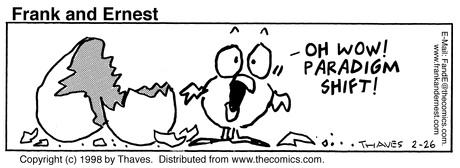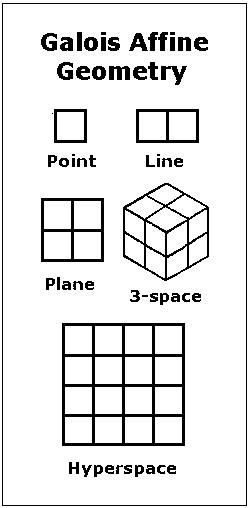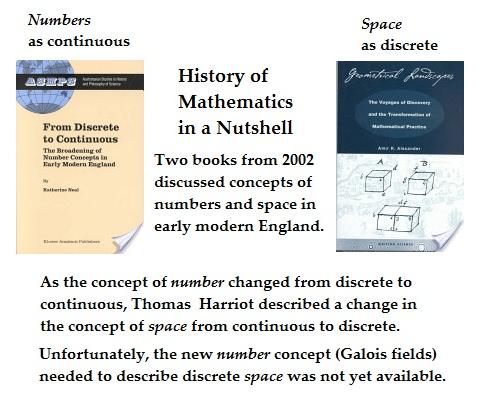
Josefine Lyche bowling (Facebook, June 12, 2012)
"Where Does Math Come From?"
A professor of philosophy in 1984 on Socrates's geometric proof in Plato's Meno dialogue—
"These recondite issues matter because theories about mathematics have had a big place in Western philosophy. All kinds of outlandish doctrines have tried to explain the nature of mathematical knowledge. Socrates set the ball rolling…."
— Ian Hacking in The New York Review of Books , Feb. 16, 1984
The same professor introducing a new edition of Kuhn's Structure of Scientific Revolutions—
"Paradigms Regained" (Los Angeles Review of Books , April 18, 2012)—
"That is the structure of scientific revolutions: normal science with a paradigm and a dedication to solving puzzles; followed by serious anomalies, which lead to a crisis; and finally resolution of the crisis by a new paradigm. Another famous word does not occur in the section titles: incommensurability. This is the idea that, in the course of a revolution and paradigm shift, the new ideas and assertions cannot be strictly compared to the old ones."
The Meno proof involves inscribing diagonals in squares. It is therefore related, albeit indirectly, to the classic Greek discovery that the diagonals of a square are incommensurable with its sides. Hence the following discussion of incommensurability seems relevant.

See also von Fritz and incommensurability in The New York Times (March 8, 2011).
For mathematical remarks related to the 10-dot triangular array of von Fritz, diagonals, and bowling, see this journal on Nov. 8, 2011— "Stoned."























